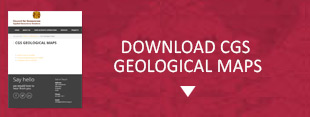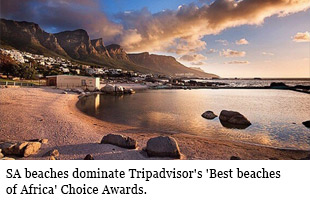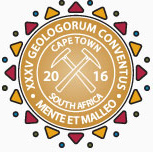
35TH INTERNATIONAL GEOLOGICAL CONGRESS
27 AUGUST - 4 SEPTEMBER 2016 | CAPE TOWN, SOUTH AFRICA
Sponsors
Keystone Sponsor
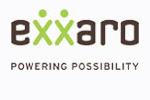

Diamond Sponsor


Gold Sponsor


Silver Sponsor
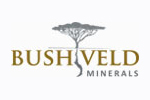


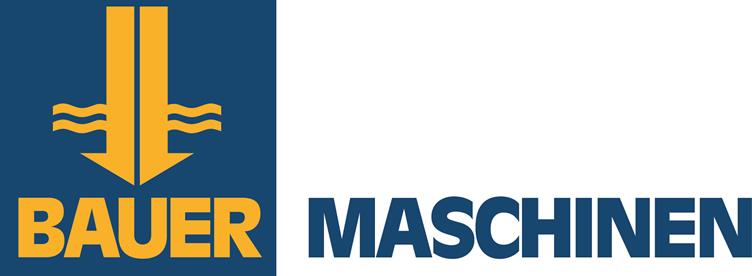




Business Centre Sponsor


Publication Sponsor




Social Function


Plenary Speaker Sponsor


Speaker Gift Sponsor


Post Graduate Fund


Registration


Welcome Drinks


Lunch Time Drinks


Publication &
35 IGC SAGPGF
35 IGC SAGPGF

35 IGC SAGPGF




MY IGC APP


Symposium Sponsor

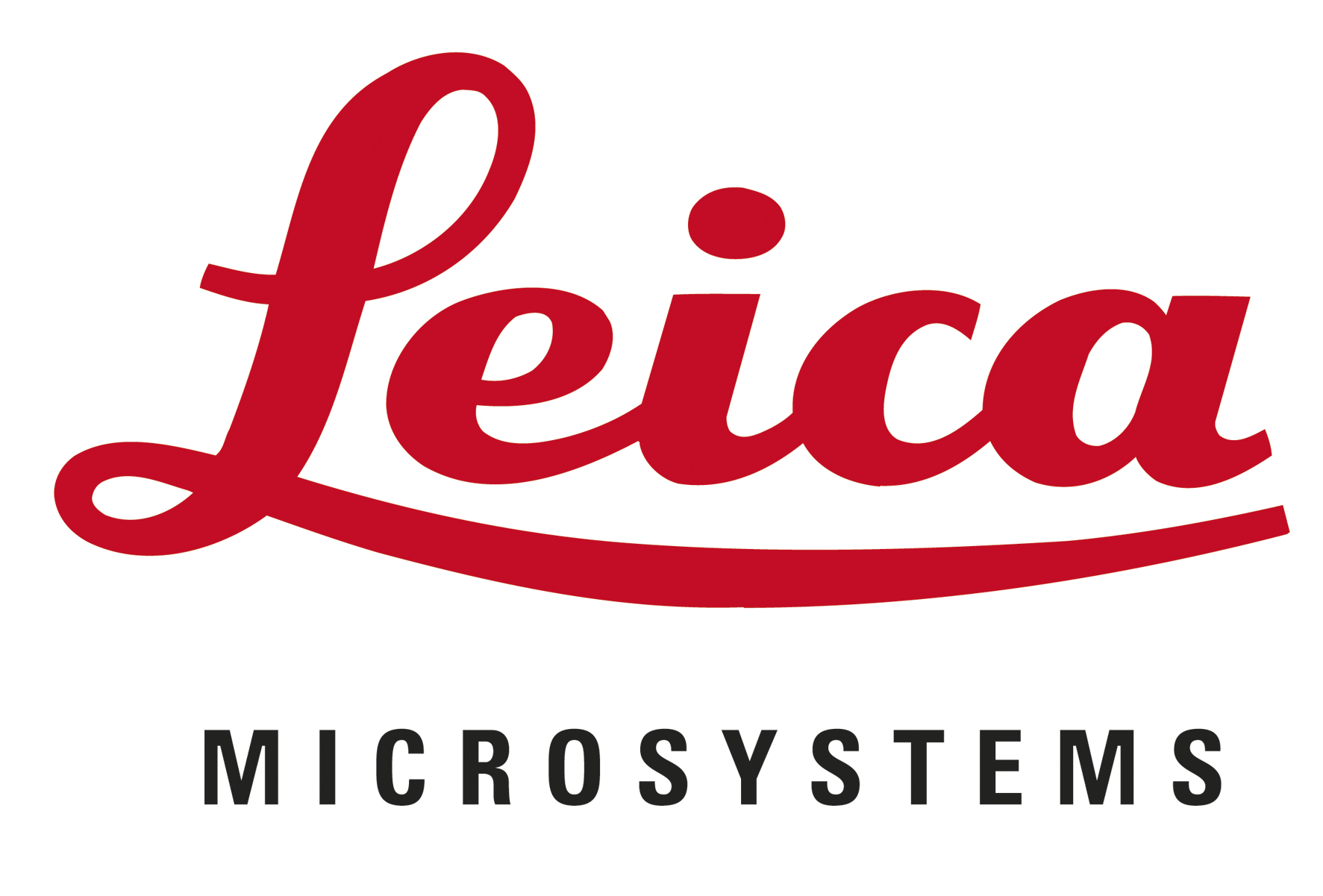


Audit Sponsor
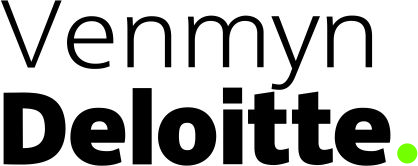

35TH INTERNATIONAL GEOLOGICAL CONGRESS
27 AUGUST - 4 SEPTEMBER 2016 | CAPE TOWN, SOUTH AFRICA
My IGC
Symposium Details
| Title | Description | Convenors |
|---|---|---|
| Speleothem and Speleogenesis: Past Climate Change, Monsoon and Geomicrobiological Process | Speleothems ( stalagmites, stalactites and flowstones ) are best archives of past climate change on earth and considered accurate terrestrial proxy. Carbonate speleothems are well developed and preserved in all the continents and interhemispheric climate change comparisons are attempted using stalagmites. The speleothem oxygen isotope data from northern hemisphere and subtropical southern hemisphere is quite useful in establishing the intensity and location of Intertropical Convergence Zone. The oxygen isotope records from the speleothems is a powerful tool to detect the influence of rainfall .This has been observed in tropical monsoon regions like India and Oman. The oxygen isotope ratio is depleted and corresponds to intense precipitation. The speleothems from north eastern Brazil in South Atlantic coast suggest direct coupling of regional climate to the mean latitudinal position of ITCZ and correlated with North Atlantic event. The trace element data, growth rates of stalagmites and oxygen isotope variations are consistent in most of the global speleothems. The stalagmite fluid inclusion isotope data provides information on paleorainfall and temperature. Carbon isotopes in speleothems reflects the degree of biogenic activity above the cave and related to local vegetation. The geomicrobiological and molecular organic geochemistry is also being carried out in Indian Himalayan and other caves for the speleogenesis and is an emerging research field. Cave ecology is also infleunced by the anthropogenic factors and speleothems can record them. Caves should be protected from human activity to extract paleoclimate information from speleothems all over the world. The proposed session on Speleothems and Speleogenesis is aimed to focus all these important issues for future global climate change on earth. | Vinod Tewari and Jooly Jaiswal |
 Field trips
Field trips  Sponsorship & expo
Sponsorship & expo  Registration
Registration Tours
Tours  Promotion
Promotion 

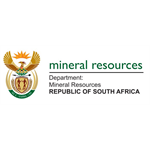












 Conference Programme
Conference Programme  Field trips
Field trips  Sponsorship & expo
Sponsorship & expo  Volunteer
Volunteer  GeoHost
GeoHost  Registration
Registration Tours
Tours  Promotion
Promotion  Publications
Publications


